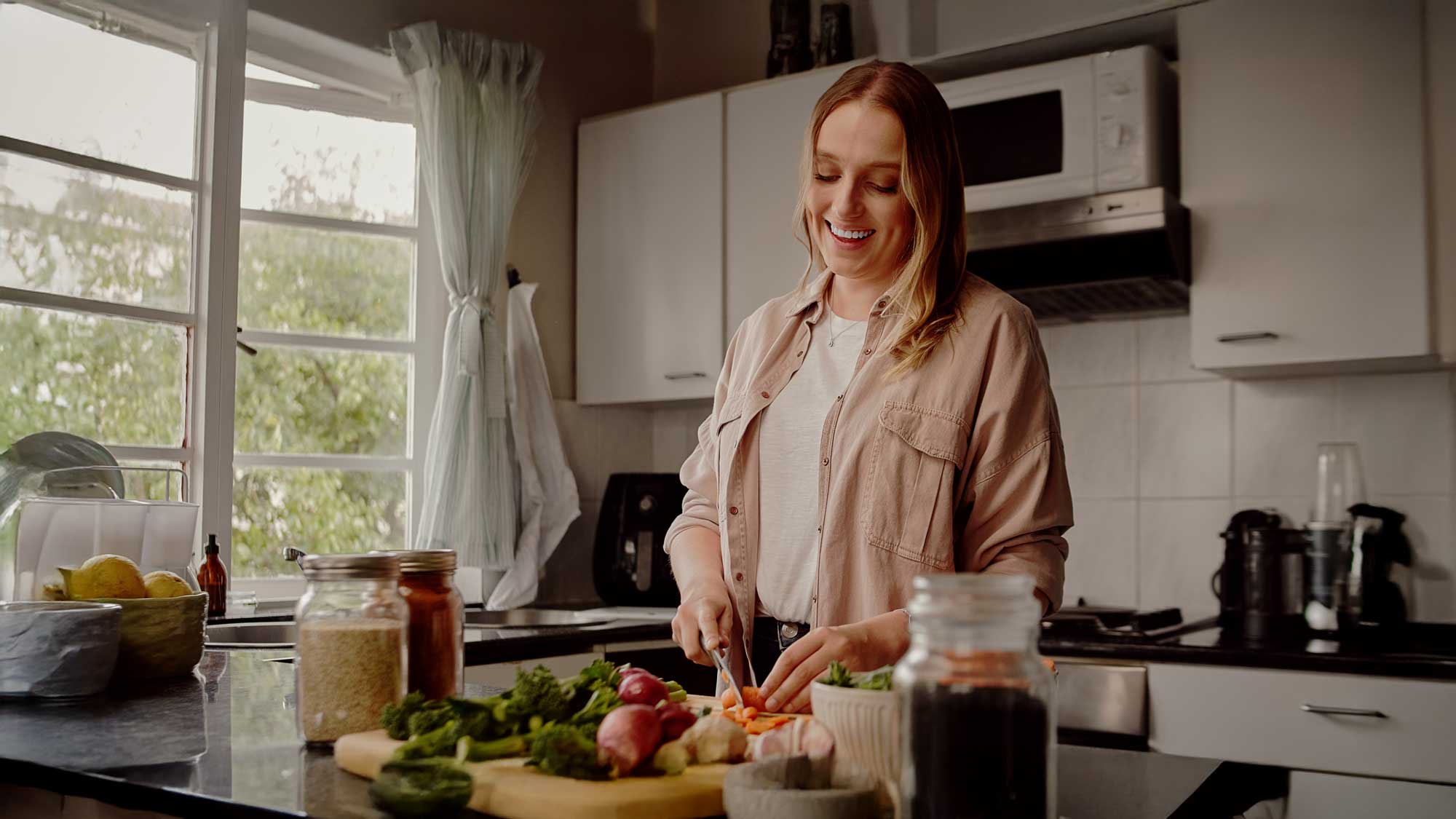Anxiety can leave you feeling tight-chested and breathless. By utilizing these mindful breathing techniques, you can alleviate symptoms and begin to relax.
Abdomen breathing
Breathing from your diaphragm allows your body to relax while still providing deep, cleansing breaths. Begin by sitting in a comfortable chair with your head, neck, and shoulders relaxed and your knees bent.
Put one hand under your rib cage and the other over your heart. Inhale through your nose, noticing how your stomach and chest move while you breathe.
Purse your lips and exhale through your mouth. As you repeat this process, try engaging your stomach muscles and reduce movement in your chest.
Focused breathing
To reduce anxiety, it’s important to take a moment and devote your focus only to breathing. Notice how it feels when you inhale and exhale normally. Mentally scan your body and take notice of where you are holding tension.
Take a slow, deep breath in through your nose. Notice how your body expands. Exhale through your mouth, pushing every last bit of air out. Continue this for several breaths, paying attention to the rise and fall of your body.
Box breathing
Anxiety is often triggered by your body’s fight-or-flight response. Box breathing is a popular method for relaxing your body and reminding your brain you’re not in danger.
Begin by expelling all the air in your lungs. For a slow four count, breathe in through your nose. Hold the breath for another slow four count. Begin to exhale through your mouth for four counts, then relax for another four counts. Repeat this pattern three or four times until you feel your heartbeat slow and your body relax.
Other tips
The relaxation of deep breathing actually comes from the exhale. Inhaling is linked to the sympathetic nervous system—the one that controls your fight-or-flight response. Exhaling is linked to the parasympathetic nervous system which influences your body’s ability to calm down.
Solely focusing on breathing in can lead to hyperventilation, so it’s important to prioritize the exhales. Before you take a deep breath, push all the air out of your lungs through a deep, slow exhale.
If anxiety continues to rule your day-to-day life, turn to the experts at Valley Oaks Health. Through one-on-one counseling or a support group, you can find the help you need to overcome anxiety.







